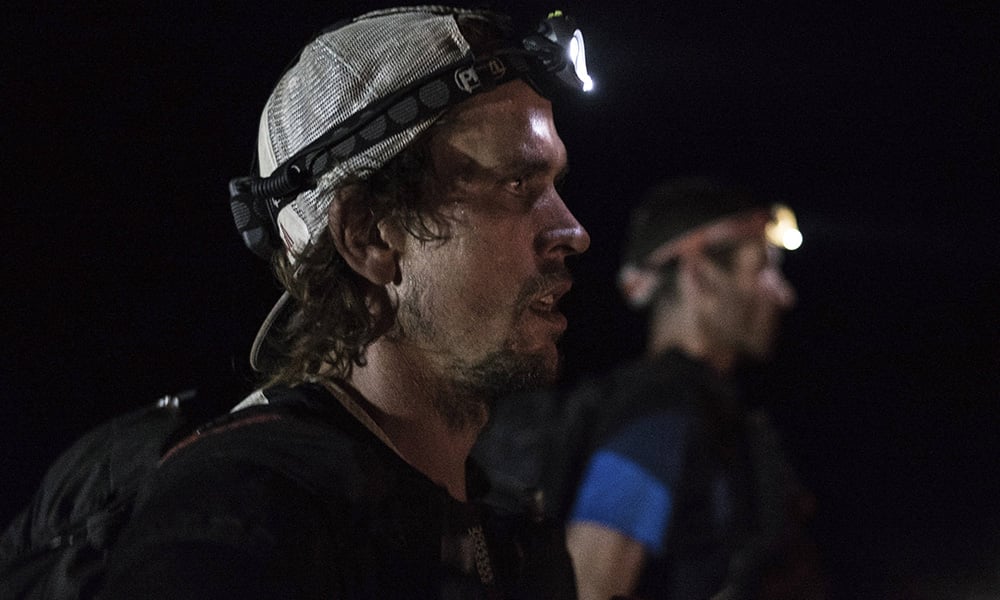
© Dean Leslie / Red Bull Content Pool
As the northern hemisphere heads into winter, Ryan Sandes’s hometown, Cape Town, is coming out of it. He recently ran his new 13 Peaks route, starting at 3am, and had an eerie feeling that someone was watching him. “I looked around and there were all these little eyes looking at me from out of the darkness,” he says. “They were rock rabbits.”
Ryan has run in the dark in some gnarly places. He says it’s completely different to running in the day. “Running in the dark is a bit like running downhill – you have to be careful,” he cautions.
Here are 7 tips to better enjoy running at night or early morning.
Stay safe
Tell someone where you are going and when you plan to be back. This is especially important if you are heading out for a trail run in the wild. Consider taking a tracking device, too. If you get disoriented or lost, remember you can use the Find Back feature and breadcrumb route on your Suunto 9 watch to be led back to your start point.
Make yourself visible
Buy yourself an assortment of reflectors for your clothing so you are clearly visible to cyclists and drivers from a distance. Use “biological motion” for increased visibility; this means lighting up your joints – ankles, knees, wrists and elbows, not the torso – so motorists and cyclists recognise you as a moving person.
Slow down
If you’re new to running in the dark, Ryan suggests slowing down until you get used to it. “The more you practice, the better you’ll get,” he says.
Master your headlamp
Wearing a headlamp is essential if you’re running in an area with no streetlights. Learning to focus and point the beam correctly takes some fiddling; best to test this at home before heading out. Aim the lamp so the beam illuminates the area about 10 m or so out from you, and make sure the light isn’t too focused or it can give you “tunnel vision”.
Learn to adjust the settings while you’re running to preserve battery life. “If you’re going downhill really fast you will need to have it brighter and with a bigger beam,” Ryan says. “If you are going uphill slowly you can turn it down.”
Look ahead, not down
Having the right head position is important. “Don’t drop your head and start looking at your feet because that automatically slows you down,” Ryan says. “Look ahead, and your brain will programme where your feet will go before they get there.”
Pick your lines
With the correct head position and beam focus, it makes it easier to see the contours of the terrain and coming obstacles. Staying focused, not spacing out, is essential when running in the dark. “Try to pick right lines [to follow] when you’re running so you can keep moving,” Ryan says. “You don’t want to lose concentration and end up going over a bunch of rocks, or scrambling through the bush.”
Enjoy the atmosphere
“Running in the dark gives an almost out of body experience,” Ryan says. “Everything is really peaceful, you can hear all the little sounds, everything seems fresher, and you become a lot more aware. Enjoy it!”
Lead images:
© Craig Kolesky / Red Bull Content Pool
© Graeme Murray / Red Bull Content Pool
Read more running related articles!
7 principles to help you find the flow
The lazy runner's guide to a marathon








